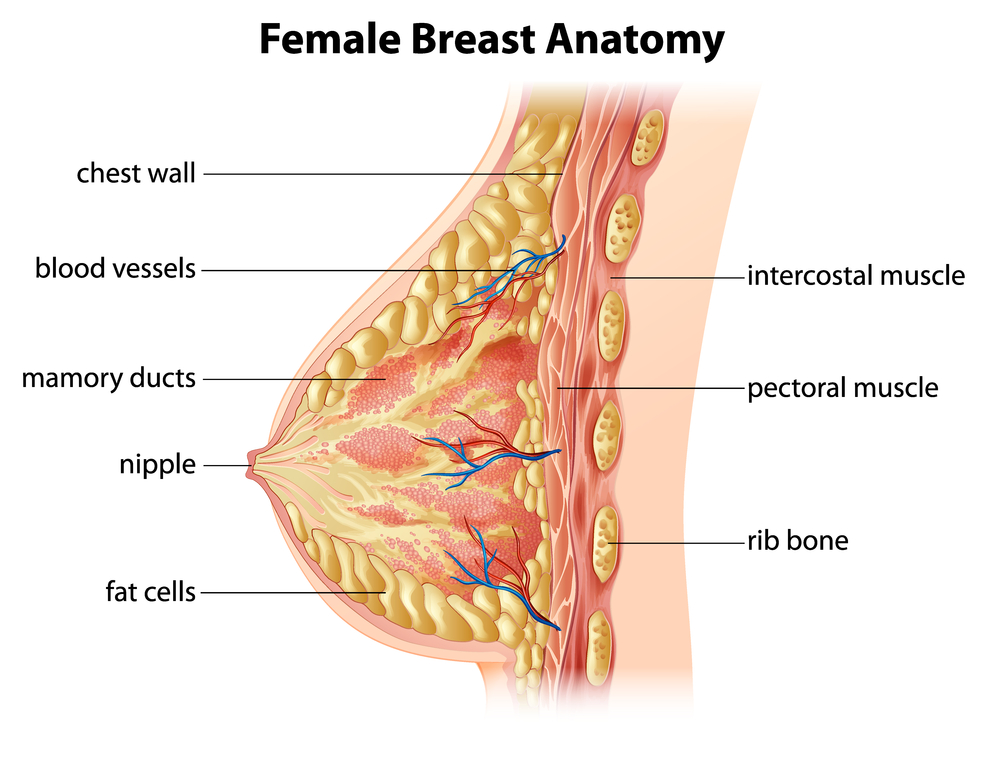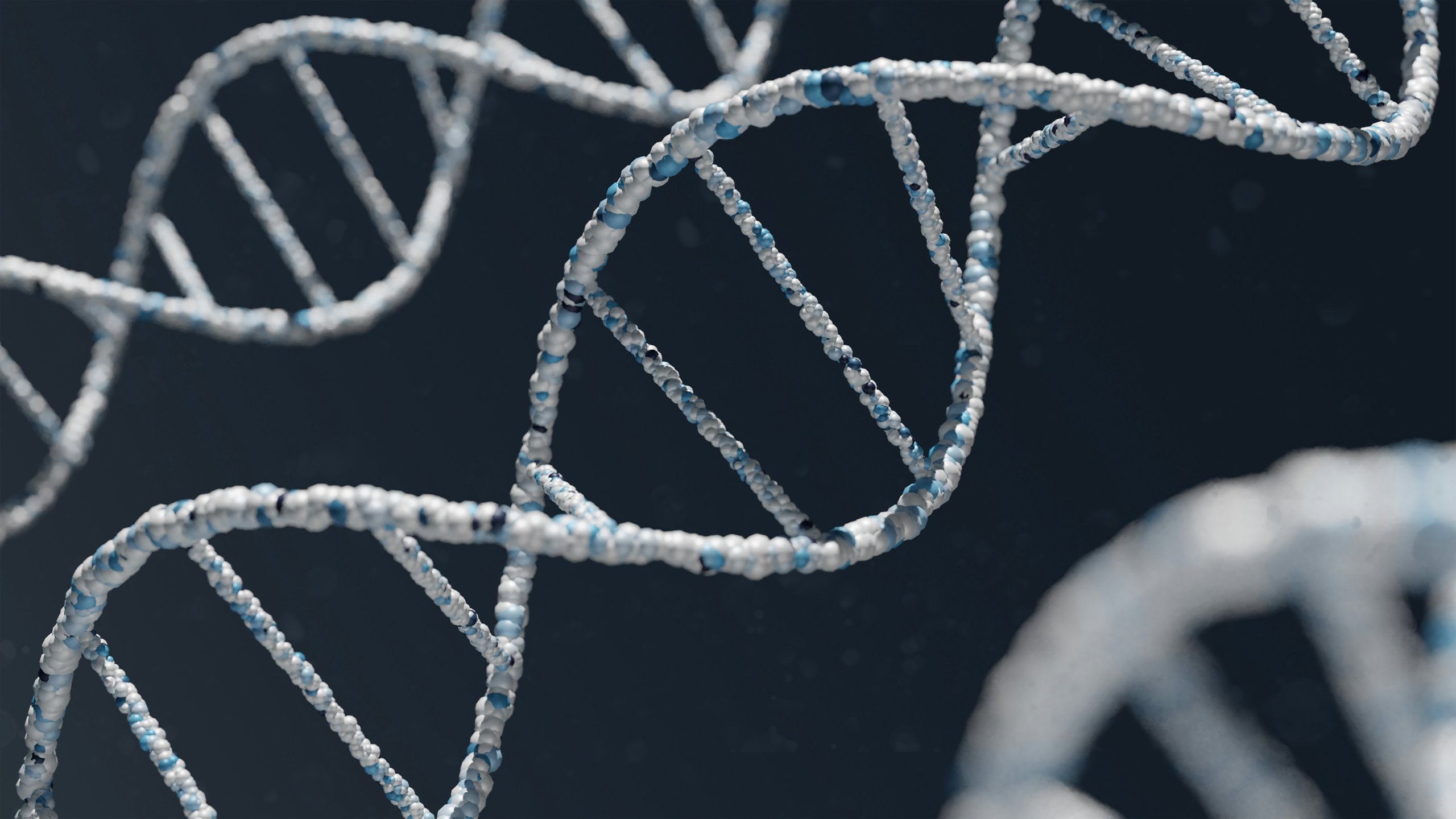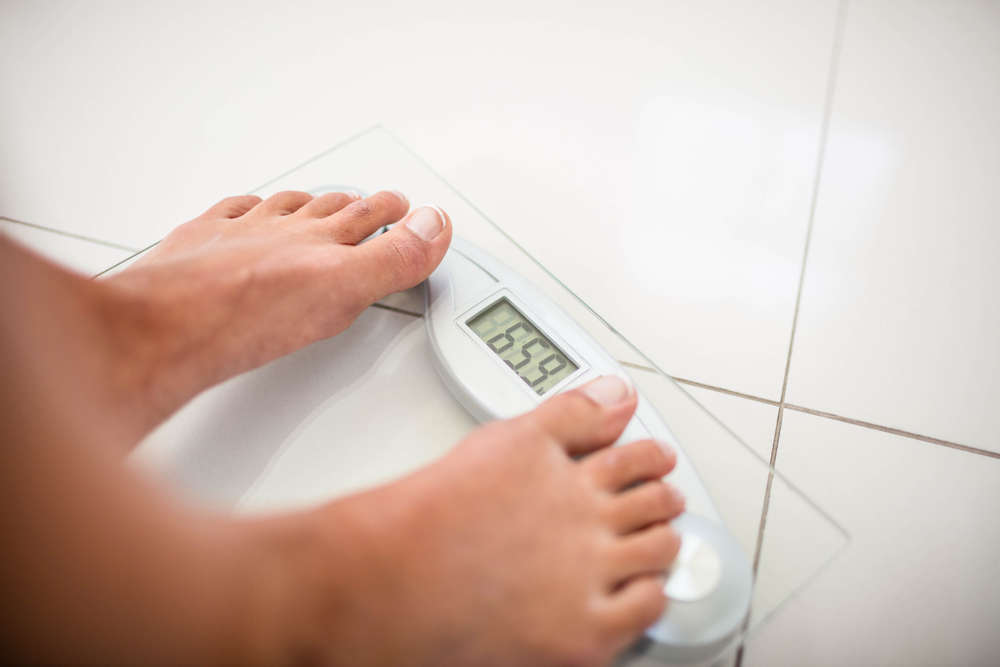Nipples and areolas are unique features of the human body, varying in size, shape, and appearance from person to person. For some girls, nipples that get bigger or change in appearance may spark curiosity or concern, prompting questions about what’s normal and why these differences occur. Some women have very long, protruding shapes; others have flat or inverted ones.

But what causes this variation? Is it genetics, hormones, or life stages like pregnancy? Understanding the factors behind these changes can provide clarity and reassurance. And if you’re exploring intimacy, guides on topics like how to suck boobs can help you approach it in a sensual and respectful way, enhancing both comfort and connection.
Table of Contents
Basic About Areola and Nipple Anatomy
The nipple and areola, collectively known as the nipple-areola complex (NAC), are vital components of the breast, serving both functional and aesthetic purposes. The former, the central extra protruding structure, contains an average of nine milk ducts passing to the outside, as well as muscle fibres and nerves that facilitate milk flow during breastfeeding [1].
Rich in nerve endings and smooth muscle fibers, the nipple is highly sensitive, functioning as a key erogenous zone. It can contract or become erect in response to stimulation, cold, or arousal due to its erectile tissue, similar to the clitoris.
The areola, the pigmented skin surrounding the nipple, varies in color from light pink to deep brown and houses Montgomery glands, which secrete oils to lubricate and protect the nipple during breastfeeding.
The size, shape, and length of NAC exhibit wide natural variation, ranging from flat to prominent or elongated. These differences are influenced by genetics, hormonal fluctuations, and life stages such as puberty, pregnancy, or aging. Research shows that during pregnancy, both nipple and areola dimensions can increase significantly [2].

Are Long Nipples a Cause for Concern?
Long nipples are typically a natural variation of human anatomy, similar to differences in eye color, nose shape, or foot size. Length varies widely — what one person considers really long, another may see as average.
They rarely pose a medical issue. However, sudden changes in size, shape, or texture, especially if accompanied by pain, redness, discharge, asymmetry, retraction, or skin puckering, should be checked by a healthcare professional, as they could indicate infection or, in rare cases, more serious conditions.
For some, a longer shape may cause self-consciousness, particularly in intimate situations or with certain clothing. For others, added sensitivity can enhance pleasure, making it a unique aspect of intimacy. Partners who respond with openness and respect can turn differences into a deeper connection.
If having the biggest breast size causes significant distress, consulting a medical professional is essential. Beauty standards vary across cultures; some people esteem smaller busts, while others prefer huge ones. It all boils down to individual discretion and societal norms.
Embracing your body’s diversity while staying vigilant about unusual changes promotes both confidence and health awareness.
What Determines Nipple Size: Main Reasons
For some women, a longer shape is a natural feature, while others may notice changes over time. These variations are often perfectly normal, but understanding what influences size can provide reassurance and clarity. Below are seven key reasons for this difference.
1. Genetics and Inherited Traits
Your genes are the foundation of your physical appearance, and the NAC is no exception. Just as you might inherit your mother’s eye color or your father’s height, its size, shape, and length are heavily influenced by your genetic makeup. If long or prominent nipples run in your family, there’s a good chance you might have them too.

Genetic variations affect overall dimensions, skin elasticity, and the distribution of fatty tissue in the breast, which can make the area appear more pronounced. According to studies on breast morphology, genetics play a primary role in determining areola diameter and nipple projection, with some women naturally having nipples that extend up to 0.9 cm (0.35 inches) on average in a study of 300 females [3].
2. Hormonal Fluctuations
Hormones are powerful drivers of change in the body, and they can significantly affect nipple size and appearance. During key life stages like puberty, menstruation, or pregnancy, hormones such as estrogen and progesterone surge, stimulating breast tissue growth. This can cause the NAC to stretch or elongate.
For instance, during puberty, the rapid increase in estrogen triggers breast development and can lead to permanent changes in size or prominence. Menstrual cycles may also bring temporary swelling or sensitivity, making nipples appear larger at certain times of the month.
During pregnancy, hormone levels rise sharply to prepare the breasts for lactation. This can result in further nipple elongation and areola darkening, changes that may persist even after childbirth.
3. Aging and Loss of Skin Elasticity
As the body ages, the skin naturally loses collagen and elasticity, which can alter the appearance of the breasts. Over time, the area around the NAC may stretch, making it appear longer or more prominent.
This process is influenced by gravity, which pulls on breast tissue, and by the natural decline in collagen production, which starts in the mid-20s and accelerates during perimenopause and menopause. Hormonal changes during these later stages can further affect breast tissue, sometimes leading to sagging or elongation of the nipples.
4. Weight Fluctuations
Changes in body weight can reshape the breasts and, by extension, the appearance of the NAC. Weight gain may stretch the skin, making this area look larger. Conversely, substantial weight loss can reduce breast volume, leaving the skin looser and nipples more prominent or elongated.
This effect can be particularly noticeable in cases of rapid or extreme changes, as the breast tissue has less time to adapt. These shifts highlight how interconnected body composition is with breast appearance.

5. Physical Stimulation
Repeated stimulation of the nipples, whether through breastfeeding, manual manipulation, or other activities, can lead to temporary or even permanent elongation. During breastfeeding, the consistent suckling action stretches the nipple tissue over time, particularly for a female who nurses multiple children or for extended periods.
Beyond breastfeeding, other forms of regular stimulation, such as sexual activity or certain clothing friction, can cause the tissue to stretch. This mechanical stretching may alter the collagen structure in the nipple, leading to lasting changes in some cases.
While this reason for elongation is less common than genetics or hormones, it’s a real factor for some women and underscores how responsive the body is to repeated physical interactions.
6. Medical Conditions or Procedures
In some cases, medical conditions or surgical procedures can influence nipple size and appearance. Hormonal imbalances, such as those caused by polycystic ovary syndrome (PCOS) or hyperprolactinemia (elevated prolactin levels), can cause breast tissue changes that lead to enlargement or elongation.
Similarly, benign breast conditions, like cysts or fibroadenomas, may alter the structure of the breast and affect nipple appearance. Surgeries, such as augmentation or reduction, can also impact size, either by stretching the skin or altering the underlying tissue.
In rare cases, a mass beneath the NAC, such as an obstructed milk duct or, less commonly, a tumor, could cause asymmetry or elongation. Sudden changes, especially with symptoms like discharge or pain, should be evaluated by a healthcare provider to rule out underlying issues.
7. Medications and Hormonal Treatments
Certain medications that affect hormone levels can influence nipple size. Hormonal treatments, such as birth control pills, hormone replacement therapy (HRT), or drugs for conditions like endometriosis, may cause breast tissue growth and nipple elongation.
For example, drugs containing estrogen or progesterone may cause the NAC to stretch, similar to changes seen during puberty or pregnancy. Some psychiatric medications or steroids can alter hormonal balance, indirectly affecting breast and nipple appearance.
If you notice changes after starting a new medication, discussing this with your doctor can help determine whether it’s a side effect and how to manage it. Although less common, this is an important consideration for women on long-term medications.

In Summary
Long nipples are a common, natural variation influenced by genetics, hormones, life stages, and bodily changes. They are not defects or medical issues but reflections of the body’s adaptability and complexity. From puberty to pregnancy, aging to arousal, nipple length can change in response to many factors, all of which are part of the normal human experience.
While societal images often promote a narrow standard of beauty, real bodies are diverse and dynamic. A long shape can be more sensitive and sexually stimulating, qualities that enhance intimacy and connection. Cosmetic options like nipple reduction exist, but they should be considered only after understanding that your body is already normal.
Knowledge empowers confidence and reduces stigma. Understanding why some women have long nipples helps foster acceptance and deepen intimacy.
References:
- The Physiological Basis of Breastfeeding. Retrieved: August 11, 2025. Ncbi.nlm.nih.gov.
- Pilot Study of Normal Development of Nipples During Pregnancy. By Isarin Thanaboonyawat, Pharuhas Chanprapaph, Jinda Lattalapkul, and Saruttya Rongluen. Published: November 2013. Pubmed.ncbi.nlm.nih.gov.
- Morphologic Study of Nipple-Areola Complex in 600 Breasts. By Jun-ichi Sanuki, Eisuke Fukuma, and Yoshihiro Uchida. Published: May 2009. Pubmed.ncbi.nlm.nih.gov.